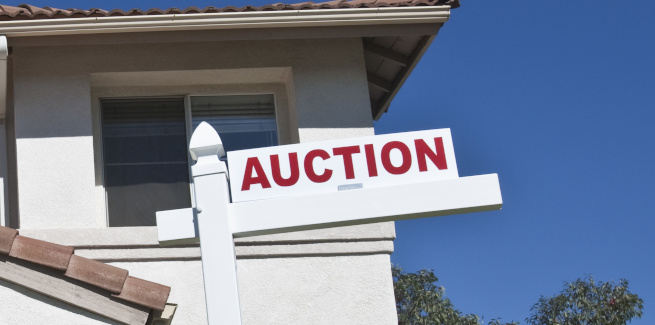Prior to the federal election, which saw the Coalition re-elected to government, Prime Minister Scott Morrison announced the Coalition’s proposed First Home Loan Deposit Scheme.
The scheme is designed to provide first home buyers (FHBs) earning up to $125,000 ($200,000 for couples) with “a significant leg up” by making available to them 95 per cent loan-to-value ratio mortgages.
As part of the proposal, which is set to commence from 1 January 2020, the government will partner with private lenders and prioritise smaller lenders in a bid to “boost competition”.
The policy was broadly welcomed by the mortgage and finance industry; however, some stakeholders noted that the scheme is limited in its scope, while others pointed to risks associated with the higher debt burden that would be assumed by FHBs.
Reflecting on the policy, AMP chief economist Shane Oliver observed: “On its own, it’s not a game changer, particularly given that it’s capped in terms of numbers; the borrowers will be taking on big mortgages, which will come with a higher risk of negative equity.
“Borrowers will still have to meet the tougher credit standards of recent times, and it won’t kick in until next year.”
However, Mr Oliver stated that the scheme has the potential to evolve if the federal government’s budgetary position remains positive.
“With the federal budget looking even healthier and probably already in surplus, thanks to the surging iron ore price, I suspect that the deposit scheme will morph into a far more attractive home buyer grant at some point,” Mr Oliver added.
The economist has also noted the FHB scheme, along with APRA’s proposal to remove the 7 per cent interest floor, expected rate cuts from the Reserve Bank of Australia, and the rejection of the Labor opposition’s proposed changes to negative gearing and the capital gains tax, could reboot the housing market.
Mr Oliver has revised his forecasts for the fall in dwelling prices and now expects the market to approach equilibrium sooner than expected.
“Our forecasts for national average prices have been for a price fall of 15 per cent top to bottom (of which we have done 10 per cent so far), and for Sydney and Melbourne, it’s been for a price fall of 25 per cent top to bottom (of which Sydney has already done 15 per cent and Melbourne 11 per cent) and for prices to bottom in 2020,” Mr Oliver noted.
“Reflecting [developments in the market], we are revising the estimate for Sydney home prices to a 19 per cent top-to-bottom fall, Melbourne to 15 per cent top to bottom (partly because it has been holding up much better, likely reflecting stronger population growth) and the national average to 12 per cent top to bottom, with prices likely to bottom by year end.”
[Related: Moody’s fears ‘resurgence’ of ‘excessive’ mortgage growth]
 ;
;